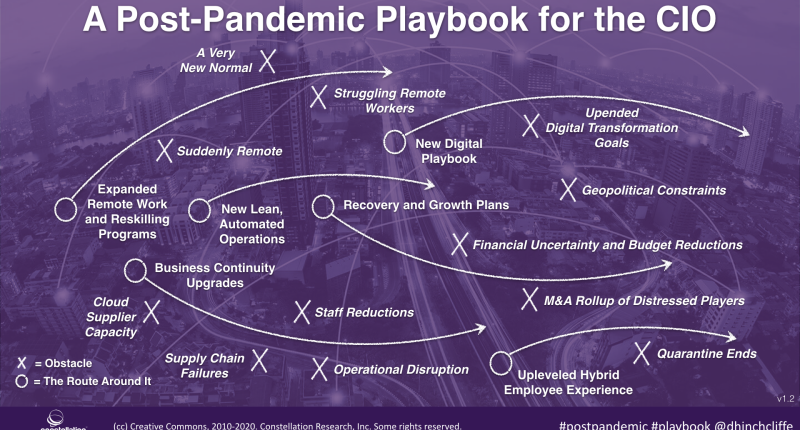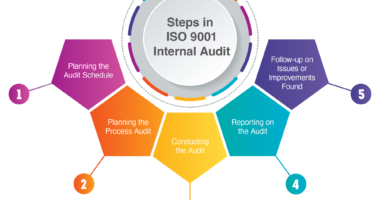COVID-19, the global pandemic disrupted the supply chain procurement as well as it vulnerabilities. The travel restrictions, border closures, and widespread lockdowns have created a lot of disruptions, resulting in shortages of raw materials, customer goods, and medical supplies.
The global pandemic also highlights the significance of supply chain resiliency as well as the need for business organizations to rethink their approaches post-pandemic. In the post-pandemic world, resiliency will be more crucial than before. So, according to experts at Gibson Consulting, business organizations must invest in creating a resilient supply chain capable of withstanding future disruptions.
Understanding Procurement Risks
Understanding risks in the procurement steps is crucial. These risks are found in different phases when buying goods. From planning & sourcing to delivery and contract management, every phase presents its share of challenges. These risks include the following:
- Operational risks: Inefficiency in the procurement processes, underperforming suppliers, and lack of transparency pose operational risks. These risks may result in compromised service/product quality, increased risks, and project delays if left unaddressed.
- Regulatory risks: The regulatory landscape that governs procurement is ever-developing, and non-compliance may lead to serious consequences. Becoming vigilant is crucial for supply chain procurement experts to adjust processes and keep up with rules and regulations.
- Market risks: The supply chain is inherently affected by market conditions. Geopolitical events, fluctuating commodity costs, and economic uncertainties can affect the availability and cost of services/goods. The agility of navigating market risks is the hallmark of effectively managing procurement risks. Procurement professionals should use effective strategies to protect against unforeseen financial problems, adapt to various market changes, and secure great deals.
- Supply chain risks: Different factors, like supplier issues, geopolitical tensions, and natural disasters can affect supply chains. An issue in the procurement can cause higher costs and delays.
Social Responsibility and Sustainability
Many business organizations prioritize a green economy and sustainability in their recovery plans. Customers also pay more attention to what business organizations do to support communities and prepare for post-pandemic life.
This, ideally, is the reality that business organizations will embrace and anticipate. And at the same, supply chain procurement needs to have procurement as the key criteria in every decision that you take.
Key Procurement Trends in Post-Pandemic
As with many industries, the supply chain was hit very hard as its professionals tried to navigate the new norm that COVID-19 imposed. Complex logistics issues, disrupted supply chains, and new border controls for revised working practices are among the challenges that procurement teams and consultants face.
However, all isn’t lost. You will find many positive stories of supply chain procurement being the game-changer and a hero. Some of the trends you see in the post-pandemic world include increased collaboration. Rather than packing and looking for alternatives to meet changing demands, you see clients with existing supply chains so as to re-negotiate and have win-win contracts mutually. Other trends you will see include:
- Leveraging digital technology
- Shapeshifting
- Giving procurement a bigger seat
- Embracing flexible resources
In the post-pandemic world, you will see that more than 65% of executives say that COVID-19 has made supply chain procurement more resilient. Accordingly, business organizations must design supply chain organizations that fit the autonomous-focused and new digital era.








